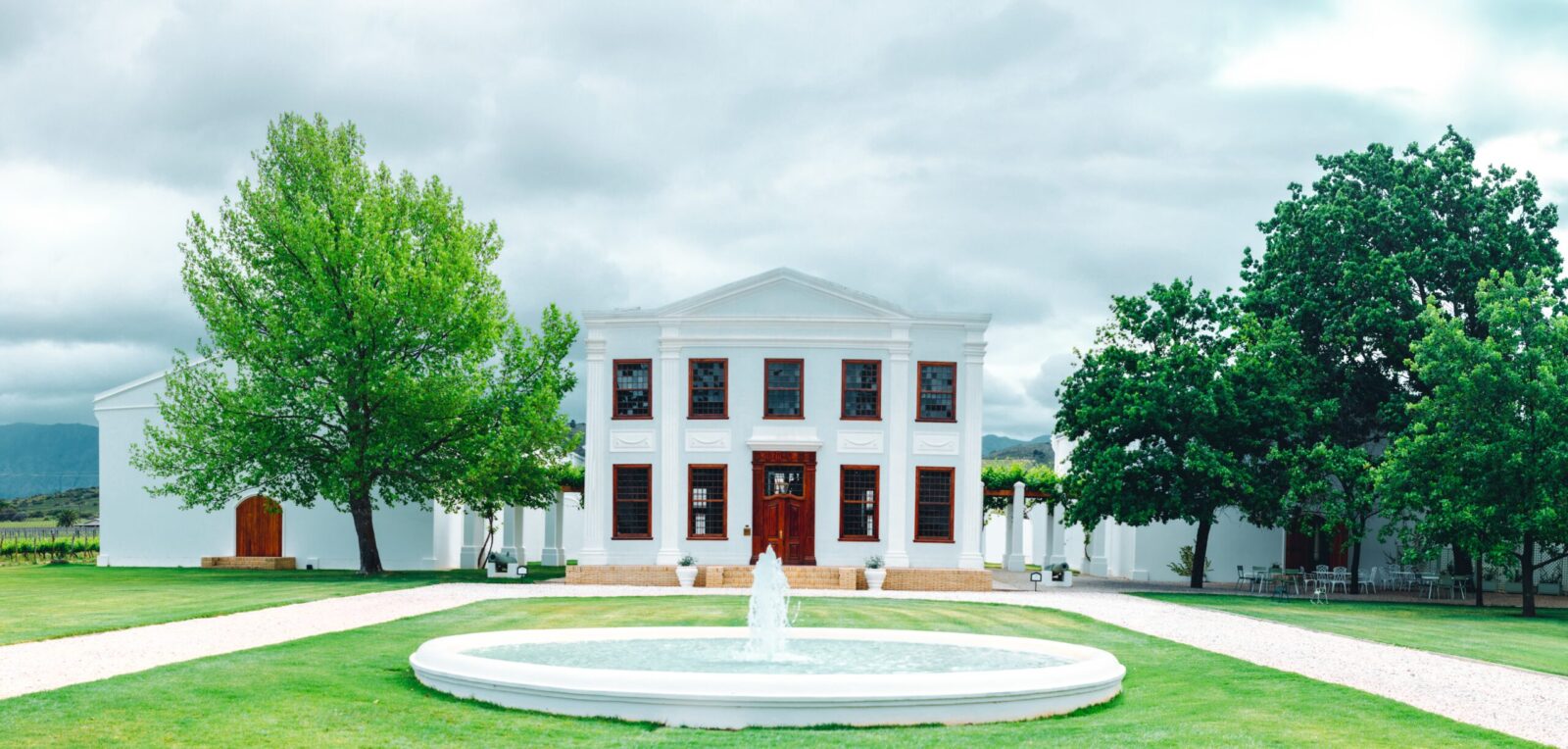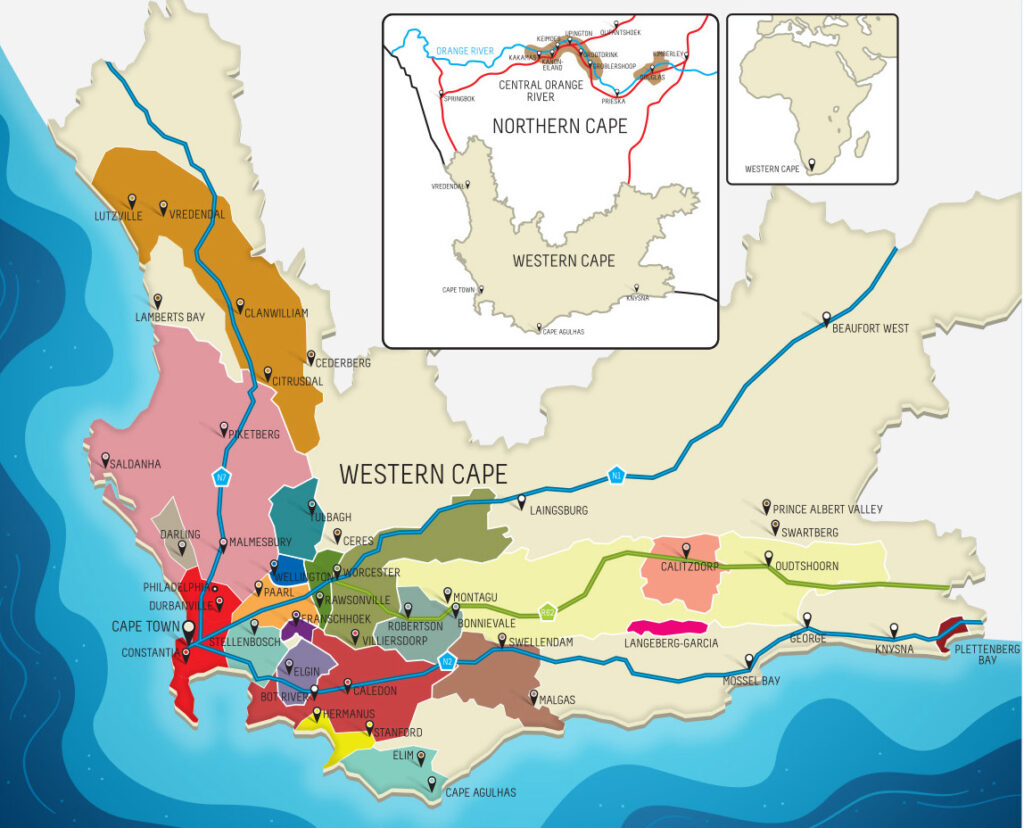
There’s nothing quite like taking a first sip of an unfamiliar wine and thinking, “Wow, that’s amazing.” You’re not quite sure what it is about the wine that has enchanted you – everything just seems to be in perfect harmony. You take a few minutes to try to figure it out, but you still can’t quite put your finger on it. Then again, you really don’t have to understand it to enjoy it.
- Sure, it’s not surprising when that happens with a prestigious wine like a Burgundy Grand Cru, but I rarely have that sort of reaction with a moderately priced wine from a lesser-known region. In this case, we’re talking about a $25 South African Chardonnay.
Perhaps there’s a subtle bias at play here. It’s not that I dislike South African wines, it's just that I seldom buy them and rarely find one that makes me want to go back for more. I still think of South African white wines in terms of the mediocre Chenin Blanc variety (locally called “Steen”) that dominated historically. But in recent decades, South African vineyards have increasingly planted Sauvignon Blanc and Chardonnay with excellent results.
- A couple of years ago we were impressed by a Klein Constantia Sauvignon Blanc and added it to the Wine Concepts favorites list.
- Nevertheless, I had low expectations when I picked a well-regarded South African Chardonnay. At best, I thought, it might be a decent wine to have with cheese and crackers on the deck.
Part of the problem is that South African wines are unfamiliar to many of us. The appellation names are unfamiliar, and the “wine of origin” scheme is unhelpful. The country has five major wine zones, called “geographical units,” but virtually all quality wine is produced in the “Western Cape” area around Cape Town (shown below). The wine areas are further divided into regions, districts, and wards to give some sense of terroir, but the system doesn’t prescribe what grapes and production methods are allowed. So, unlike Europe, where knowing the appellation tells you a great deal about the wine, the South African system merely tells you where it was produced.
- Our wine of the week is from the Robertson region, which is in the southern portion of the Breede River Valley region. Right about now, you’re probably thinking, “that’s not particularly helpful.” Precisely.

Today’s wine is a DeWetshof “Bon Vallon” Chardonnay ($25 retail). It’s 100 percent Chardonnay grown exclusively in the estate’s Bon Vallon vineyard. The wine is fermented and matured in stainless steel tanks and never sees oak, giving it a clean freshness. It has tantalizing aromas of apple, pear, honeysuckle, white flowers, and a touch of citrus. On the palate, it’s medium bodied and nicely balanced, with a crisp acid and a long, pleasant finish. The wine has a slightly creamy texture and a hint of butter. All of these elements combine magically to yield a remarkable, great value wine that we've added to our Wine Concepts favorites list.
- DeWetshof is a third-generation wine estate that has been in existence for over 150 years. It’s considered the benchmark for South African Chardonnay.
- This is a relatively low production wine, so if you find it, grab a few bottles.
- Bon Vallon is nice as an aperitif, and pairs nicely with fish, roast pork, and cream-based pasta.
Cheers!
